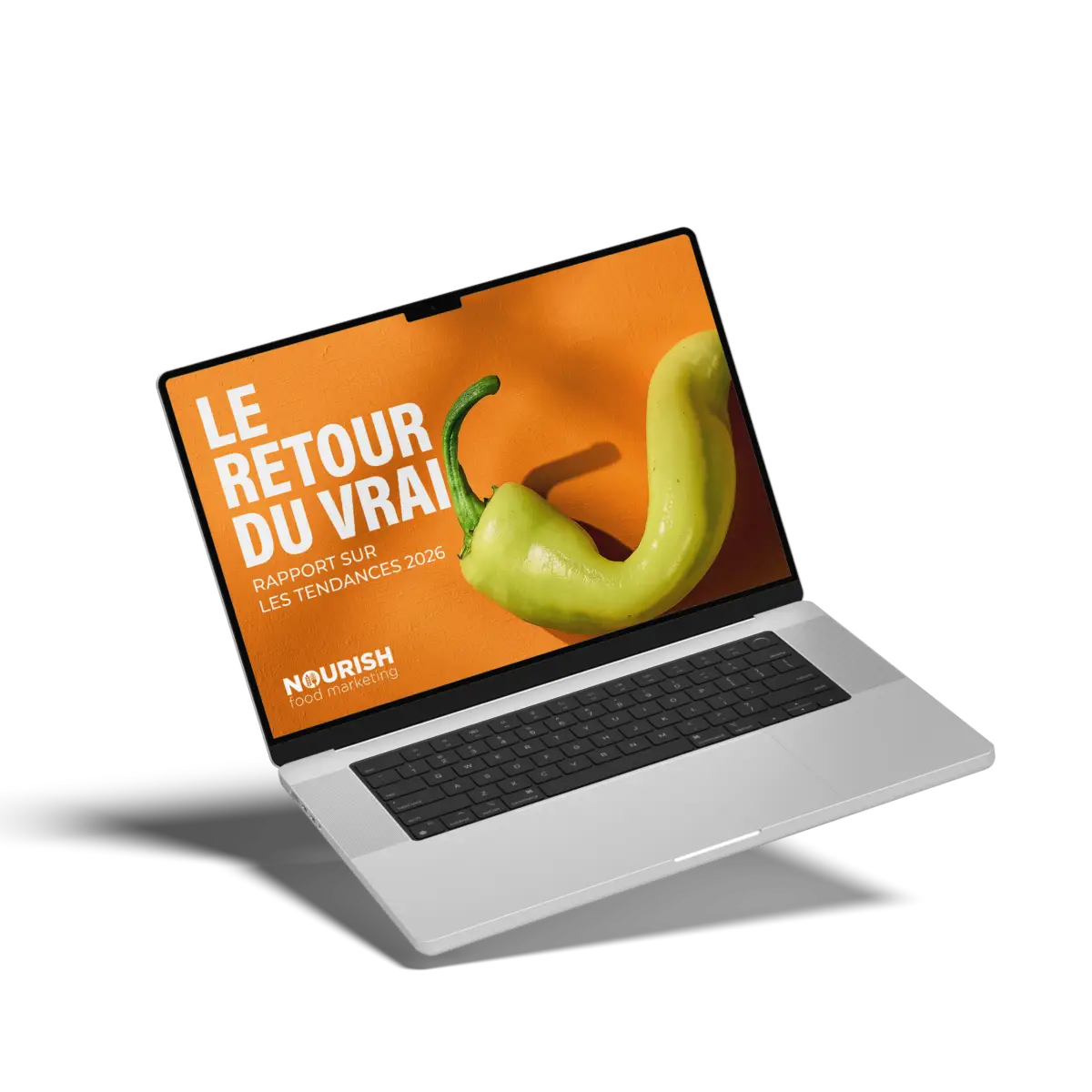We wrote about Strategies to Compete in a High Inflation Market in our August 2022 newsletter, and here we are again. What’s changed in 2023?
Since we published that article, food inflation at Grocery and foodservice has continued to rise. Yet there’s been a two per cent decline in food sales by volume in Canada in the last year, as indicated by both Stats Can and NIQ data. The decrease in consumer spending is a surprise. What’s going on here? Are consumers really eating less? Or have they become more savvy with experience?
Consumers are shopping smarter to subvert a financial crisis
To beat food inflation, consumers are employing several creative strategies. An easy one is trading down from conventional Grocery to discount banners, and we’ve seen lots of it. Total basket size has fallen as consumers move away from the once-a-week “big shop” and instead hit the stores more frequently, buying just what they need for the next few days. (This is more like the European approach to shopping, where smaller fridges and pantries are the norm.) This lowers the total cash — or, increasingly, credit — outlay. Shoppers are also shifting to smaller sizes, moving past the pandemic pantry-loading behaviour and using up their pandemic stockpiles. More affluent consumers, on the other hand, are switching to bulk buying for a better unit price. And, of course, private label continues to be strong; for Grocery, restarting the innovation pipeline of private label products post-COVID is critical.
Consumers are shopping in person more often to snag those in-store deals retailers are dangling. Some are taking advantage of the dedicated freezers they purchased during COVID, buying more sale items, and saving the excess for future use. For marketers, it becomes essential to sell twice to maximize product disappearance — once in-store and again at home to use up the quantity on hand. Can you come up with some kind of inspiration, like a “Three Ways” recipe card showcasing how to cook a piece of meat once and use it across three different meal occasions?
To further maximize the return on the grocery budget, there is an even bigger focus on food waste in the home. With more meals prepared and consumed at home, more planning is going into meals to minimize what ends up in the composter or green bin. Why is Ultra-Filtered milk growing in a declining category? The extended expiry date — consumers are willing to pay more to cut down on spoilage.
The concept of “value” means different things to different people
We must recognize that the consumer definition of value is getting more complex and varies by consumer and generation. Value definition can be about cheap belly-stuffing, a more expensive product with an added functional ingredient that increases the perceived value, or something that saves precious time, like pre-chopped produce. We’re expanding beyond the traditional three-legged stool of price, quality, and quantity, and now the math is personal.
Some inflation-strained consumers have upped their consumption of snacks, a food version of the “lipstick effect,” scaling down on indulgence from meals to treats. In its 2022 Global Consumers Snacking Trends study, Mondelēz International revealed that 75% of consumers “always find room” in their budget for snacks. According to Innova Market Insights, one in four consumers in the North American region increased their consumption of indulgent snacks — more than the global average of 21% for 2022.
Consumers cutting back on restaurant meals are increasingly turning to shortcut gourmet and specialty food products, like marinades, sauces, and frozen foods, to help them craft sophisticated, restaurant-inspired home-cooked meals with less time and effort. This has sent demand for gourmet food products soaring. (We referenced this trend in our 2022 Trend Report — Save & Splurge: The High-Low Fashion Trend Comes to Food. Refresh your memory and download the report for free. Scroll to the bottom of the page to access every report back to 2018.)
Others are “blending meals,” combining Foodservice and Grocery for an indulgent yet affordable meal; think bagged salad from the store with bacon-mushroom-Swiss burgers from their favourite burger joint. This is a time for Grocery to overcome category silos and build affordable meal solutions. If you’re in Foodservice, play with indulgent LTOs or bounceback deals for a different daypart. For example, when buying those burgers for dinner, offer them a free coffee with the purchase of a breakfast sandwich for tomorrow’s commute.
And what about the four-legged family members? Circana data suggests pet parents are delaying discretionary purchases like pet supplies. This may be an opportunity for Grocery to finally up its pet game and capture some share from specialty stores.
Here’s a final thought to ponder — some consumers are “choosing” to eat less in some cases (translation: record numbers of people are turning to food banks). Couple this with charitable donations being one of the first things people cut in tough times, and you create a perfect storm of need. If you’re lucky enough to be insulated from these economic headwinds, please consider donating to your local food bank.
